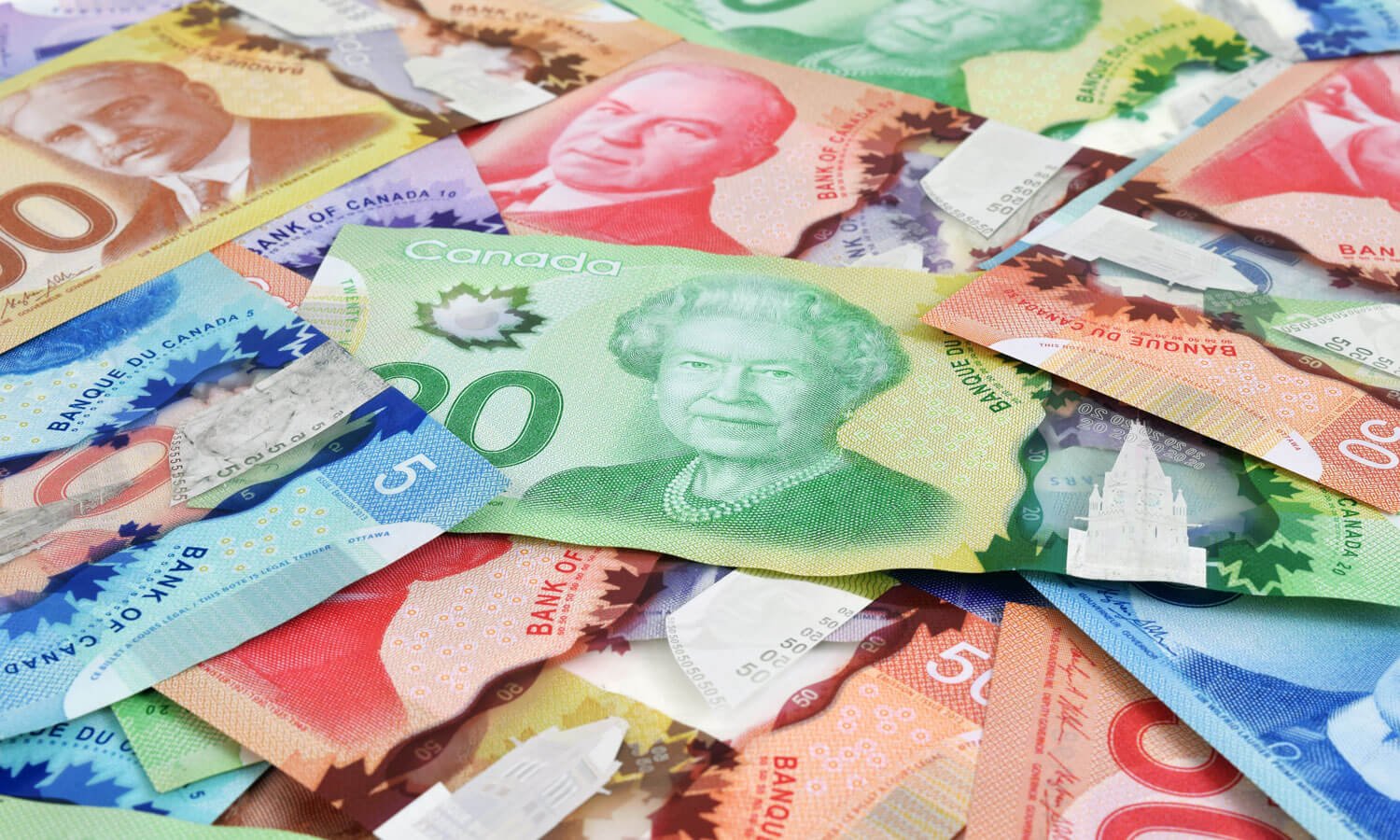Understanding Canadian Tax Classes for 2025
The Canadian tax system can seem complex, but understanding the different tax classes is essential for estimating your tax liability. In this article, we will break down the federal and provincial tax classes for 2025, and provide examples of how to calculate your taxes.
How Do Tax Classes Work in Canada?
Canada has a progressive tax system, which means that the tax rate increases as your income exceeds certain threshold values. The more you earn, the higher the tax rate. However, everyone pays the same low rate on the first $50,000 they earn in a year. As you enter new tax classes, the tax rate increases, and the highest bracket you reach has a marginal tax rate – the rate at which additional income is taxed.
Federal Tax Classes in Canada for 2025
The federal government has five tax classes, each with its own tax rate. The tax rates for 2025 are as follows:
| Annual Income (Taxable) | Tax Bracket | Tax Rate | Maximum Tax per Bracket | Maximum Total Tax |
|---|---|---|---|---|
| Up to $57,375 | The first $57,375 | 14.5% | $8,319.38 | $8,319.38 |
| $57,375 to $114,750 | The next $57,375 | 20.5% | $11,761.88 | $20,081.26 |
| $114,750 to $177,882 | The next $63,132 | 26% | $16,414.32 | $36,495.58 |
| $177,882 to $253,414 | The next $75,532 | 29% | $21,904.28 | $58,399.86 |
| Over $253,414 | Over $253,414 | 33% | n/a | n/a |
How to Use the Federal Tax Classes Table
To estimate your federal taxes, identify the tax bracket your annual income falls into, subtract the minimum dollar value of that bracket from your income, multiply the resulting amount by the corresponding tax rate, and add the maximum total tax from the previous bracket.
Example Calculation
For an annual taxable income of $60,000 in 2025:
- Identify the corresponding bracket: The income amount falls within the second bracket, which covers income from $57,375 to $114,750.
- Calculate the amount within the bracket: Subtract the lower limit of that bracket from your annual income: $60,000 – $57,375 = $2,625.
- Determine the tax rate: For the second bracket, the tax rate is 20.5%.
- Calculate the tax amount for this bracket: Multiply the amount within the bracket by the tax rate: $2,625 x 0.205 = $538.13.
- Estimate your total federal taxes: Add the tax amount for this bracket to the total tax amount of the previous bracket, which would be $8,319.38 (from the first bracket) plus $538.13, resulting in a total tax of $8,857.51.
Note on Deductions
These calculations do not take into account potential deductions that can reduce your taxable income, such as the basic personal tax credit ($16,129 for 2025), RRSP contributions, and other deductions.
Provincial and Territorial Tax Classes in Canada
After calculating your federal taxes, you need to determine your tax bracket for your province or territory. Canadians pay two taxes on their income because different government levels are responsible for various services. Provincial governments manage healthcare, while national security, including the Canadian Armed Forces and the Royal Canadian Mounted Police (RCMP), falls under federal jurisdiction.
Importance of Staying Up-to-Date
The income ranges and tax rates within tax brackets can change annually, so it’s essential to stay current with the latest brackets. Even if tax rates remain consistent, income ranges are usually adjusted annually to account for inflation.
Conclusion
Understanding Canadian tax classes is crucial for estimating your tax liability. By knowing the federal and provincial tax classes, you can make informed decisions about your finances and take advantage of tax-saving options. Remember to stay up-to-date with the latest tax brackets and consider consulting a tax professional to ensure you’re taking advantage of all the deductions and credits available to you.


